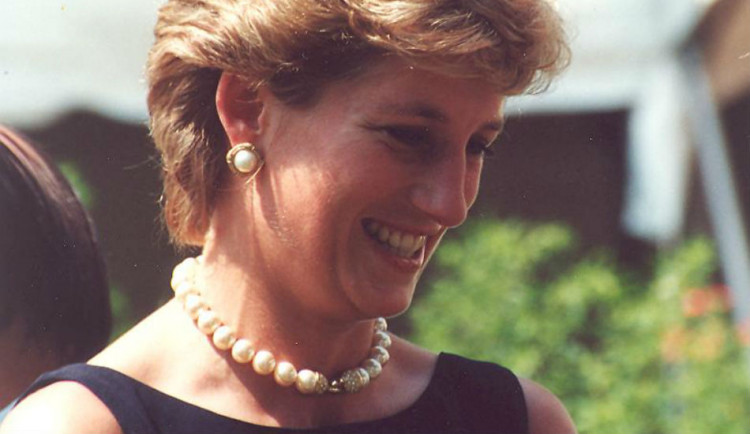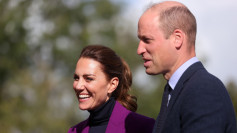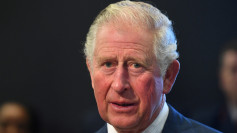The late Diana, Princess of Wales, led a seemingly glamorous life. But behind all the smiles she put on for the endless swarm of cameras surrounding her and trying to get a glimpse of her fairytale life as a member of the royal life, Princess Diana had her fair share of difficulties and challenges she had to face on her own.
A few months after meeting the Prince of Wales, he and Diana had tied the knot in what at the time was known all over the world as the wedding of the century. Prince Charles had apparently given Princess Diana a title and a family in the eyes of the world, but what he could not give his charming wife was his heart, for it had been in someone else's hands all throughout their marriage.
This had led to the scandal of Prince Charles' affair with Camila Parker-Bowles and had put the People's Princess in a royal seat of shame and hurt for years on end.
The press took advantage of the situation. And reporters and unruly paparazzi were relentlessly hounding her and asking her to do exclusive interviews with them. They constantly snapped pictures of her, even after being asked to respect her privacy and personal space wherever she went.
The media were desperately trying to squeeze information about the state of her marriage and tried to fish out reactions and comments from her knowing about Prince Charles' public affair with one of their family's close friends.
What was worse was that gossip tabloids were constantly twisting her words and spreading fabricated rumors about her just to bank on her popularity. It was also believed that a group of paparazzi who were hounding her in Paris was what caused the vehicle she was riding in to crash in a tunnel and kill her while she was allegedly pregnant.
To this day, there are countless theories and conspiracies surrounding her death. However, more detailed reports about the incident have resurfaced, and some of her medical records can speak for the truth of what really went down the night the People's Princess had died.
Dr. Richard Shephard, a top forensic pathologist, was in charge of reviewing the evidence of Princess Diana's case in 1997. He has recently shed some light on the tragedy of her death.
In an interview, Dr. Shephard revealed that the princess was in a relatively low-speed impact accident while being inside a really safe vehicle and therefore suffered a few minor injuries as opposed to the other passengers in the car who were pronounced dead at the scene of the incident.
Princess Diana was in fact in good condition after the incident and was able to communicate to the first team of emergency responders who rushed to the scene. However, Dr. Shephard also went on to say that, on the trip to the hospital, her condition rapidly became worse and worse.
She had to undergo emergency thoracic surgery due to an unusual tear they had found in her lungs. The pathologist explained that it was a very rare injury that, in his extensive experience in medical practice, he had only seen the condition in Princess Diana.
He attests that the impact of the car crash did not kill the princess neither did any blunt injuries to her head during the crash. Moreover, he maintains that, after double checking all the medical and pathologic records he had obtained from her autopsy, Princess Diana was not pregnant when she died on that gloomy night.






